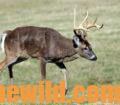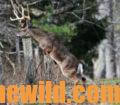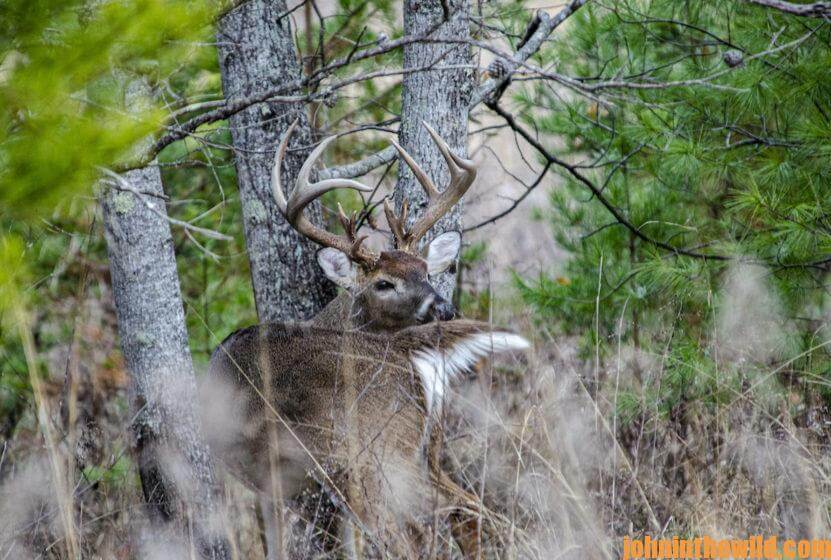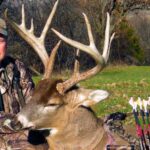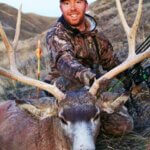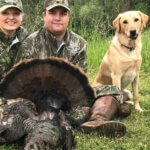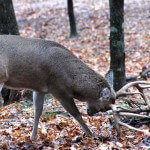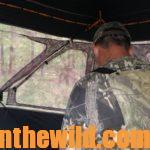Editor’s Note: With bow deer season getting ready to start in some states, remember that no matter how good a bowhunter you already are, this fun quiz can make you even better.
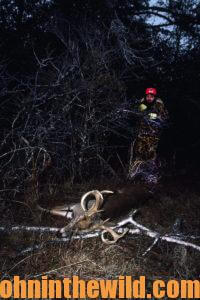 11) After the hunter has arrowed a deer, the first thing he should do is:
11) After the hunter has arrowed a deer, the first thing he should do is:
(a) come down from the tree and look for blood;
(b) stay in the tree and wait for 15-20 minutes for the deer to run off, lie down and die;
(c) come down the tree, look for blood and wait there 15-20 minutes before he starts trailing;
(d) immediately shoot an arrow into the ground where the deer was standing when the hunter arrowed it.
Answer: The correct answer is (d) immediately shoot an arrow into the ground where the deer was standing when the hunter arrowed it. To begin trailing and tracking a deer, the hunter must have a point of reference on the ground about the deer’s direction of flight. From a tree stand, landmarks appear differently than they do from the ground. The wise bowman will send a shaft to mark the spot where the deer has been arrowed. Then when the archer arrives on the ground, he has a point at which to begin his search. Sometimes if you sit in a tree stand and wait to start looking for the deer, your mind may play tricks on you. You’ll begin to think, “Was the deer standing by this bush or that bush when I shot him?” But by sticking an arrow in the ground, you know for certain where to begin looking for the deer.
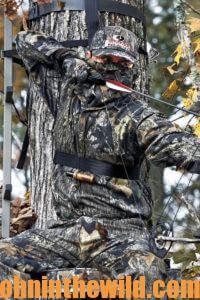 12) If you have shot at a deer and found no blood for the first 50 yards, then you reasonably can assume that you’ve missed the animal.
12) If you have shot at a deer and found no blood for the first 50 yards, then you reasonably can assume that you’ve missed the animal.
True or False?
Answer: False. I’ve trailed deer for 200-300 yards before without seeing or locating any blood and still recovered the animal. There are many reasons why a deer doesn’t leave a blood trail, even if it is mortally wounded. Oftentimes trophy deer are left in the woods, because hunters rely solely on blood trails to let them know whether they have hit or missed deer. The best rule of thumb is to always assume that you have arrowed the deer at which you’ve shot. I’d rather search for a deer for a mile and not find him than risk losing an animal I could have recovered.
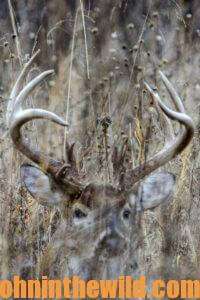 13) If you’ve been following a blood trail for 1/2-mile, and suddenly, the trail ends, you should assume the deer isn’t mortally wounded after scouting around for a few minutes.
13) If you’ve been following a blood trail for 1/2-mile, and suddenly, the trail ends, you should assume the deer isn’t mortally wounded after scouting around for a few minutes.
True or False.
Answer: False. When the blood trail ends – if the deer has been losing a lot of blood – you often will discover the deer within 100 yards of the end of the trail. Since usually a wounded deer will hunt heavy cover to lie down in, search in downed treetops, briar thickets or deep sage.
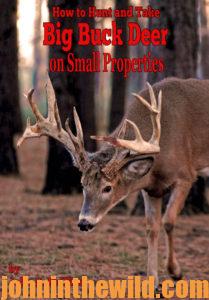 To learn more about hunting deer, check out John E. Phillips’ book, “How to Hunt and Take Big Buck Deer on Small Properties,” available in Kindle, print and Audible versions at http://amzn.to/1vIcj4m. You may have to copy and paste this click into your browser. (When you click on this book, notice on the left where Amazon allows you to read 10% of the book for free, and you can listen to 10% of the books for free and hear 10% for free). On the right side of the page and below the offer for a free Audible trial, you can click on Buy the Audible book. To see more of John’s bowhunting books, visit http://www.amazon.com/author/johnephillips .
To learn more about hunting deer, check out John E. Phillips’ book, “How to Hunt and Take Big Buck Deer on Small Properties,” available in Kindle, print and Audible versions at http://amzn.to/1vIcj4m. You may have to copy and paste this click into your browser. (When you click on this book, notice on the left where Amazon allows you to read 10% of the book for free, and you can listen to 10% of the books for free and hear 10% for free). On the right side of the page and below the offer for a free Audible trial, you can click on Buy the Audible book. To see more of John’s bowhunting books, visit http://www.amazon.com/author/johnephillips .
Tomorrow: What Factors Impact Bowhunting Deer

